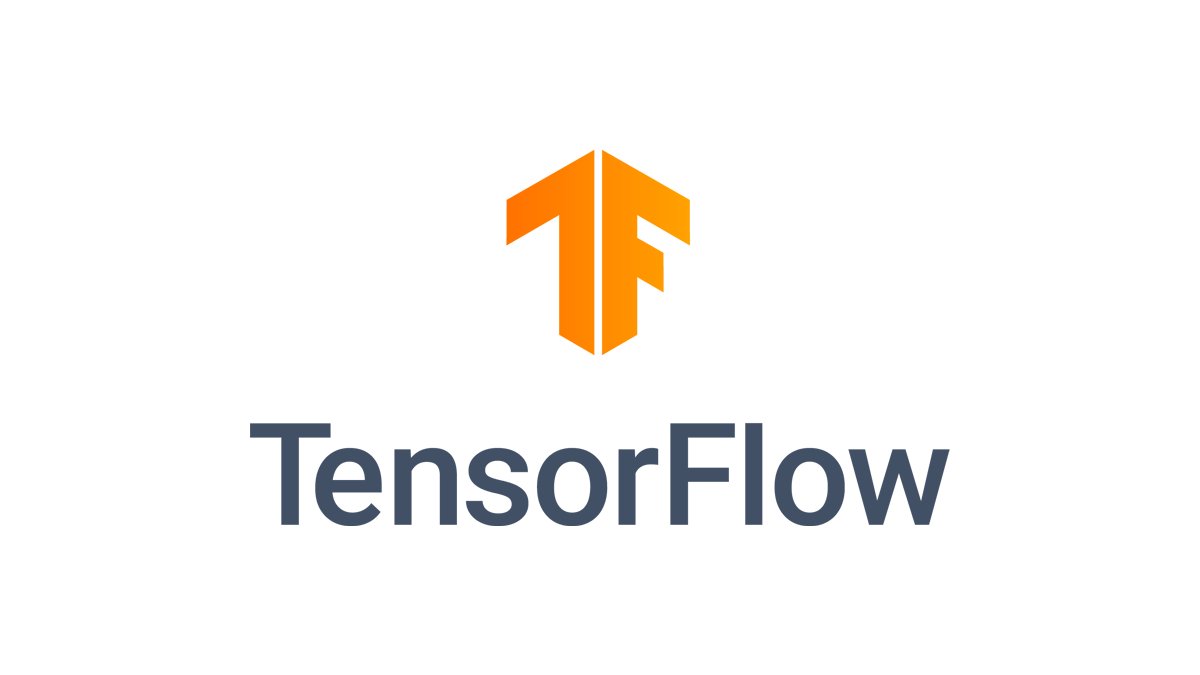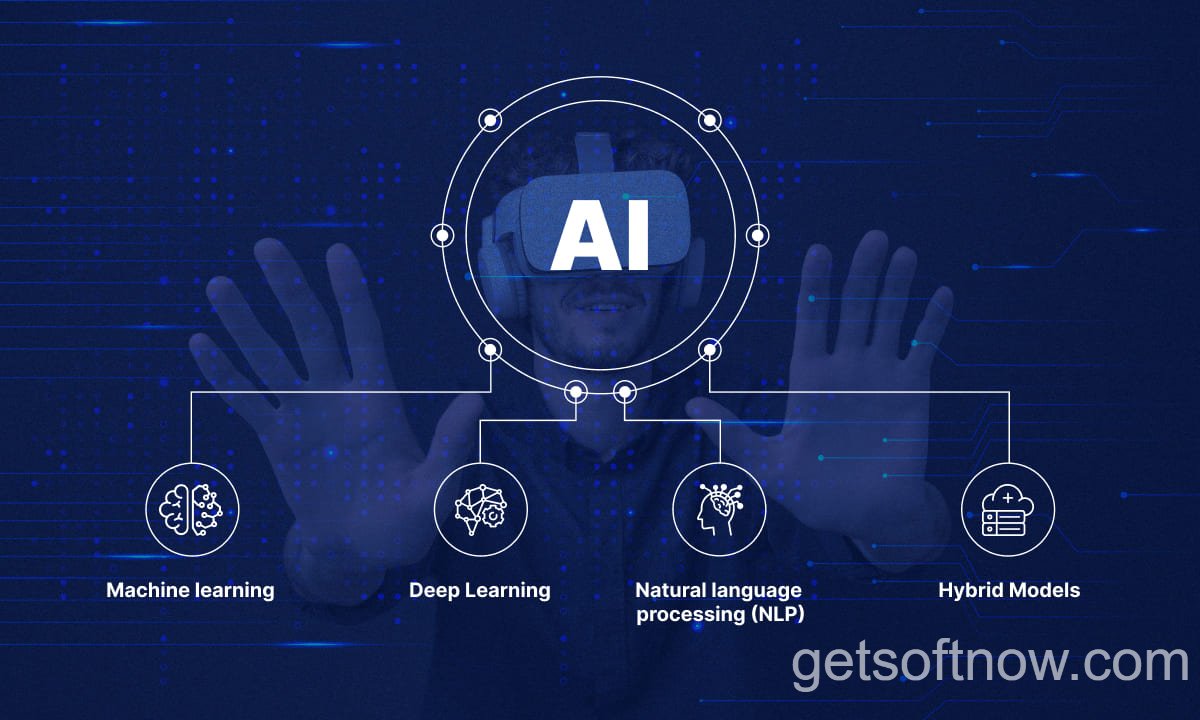Explore the world of artificial intelligence with our curated list of the best free AI software tools. From image generation to language processing, these powerful applications will revolutionize your workflow and unlock new possibilities. Discover the top 10 free AI tools today!
Introduction to AI Software
AI software refers to computer programs that leverage artificial intelligence techniques to perform tasks that typically require human intelligence, such as visual perception, speech recognition, decision-making, and language translation. These tools are designed to simulate human cognitive functions and solve complex problems through machine learning algorithms and neural networks.
The development of AI software has been a continuous journey, with roots dating back to the 1950s when the concept of artificial intelligence was first introduced. Over the decades, advancements in computing power, data availability, and algorithmic breakthroughs have propelled AI software to new heights, enabling it to tackle increasingly complex challenges.
The benefits of using AI software tools are numerous. They can automate repetitive tasks, augment human decision-making processes, and uncover valuable insights from vast amounts of data. By leveraging the power of AI, businesses can optimize their operations, enhance customer experiences, and gain a competitive edge in their respective industries.
Top 10 Free AI Software Tools
1. DALL-E 2 (Image Generation)
DALL-E 2, developed by OpenAI, is a groundbreaking AI software tool for image generation. It uses advanced natural language processing and computer vision techniques to create stunning and realistic images based on textual descriptions. With DALL-E 2, users can unleash their creativity by providing detailed prompts, and the AI will generate visually captivating images that bring their ideas to life.
Key features and capabilities of DALL-E 2 include:
- Generating high-quality images from textual descriptions
- Creating images with multiple objects, complex scenes, and various styles
- Producing variations of an image based on modified prompts
- Editing and manipulating existing images using textual instructions
DALL-E 2 has numerous use cases, ranging from creative endeavors like concept art and illustration to practical applications such as product visualization and design mockups.

2. GPT-3 (Natural Language Processing)
GPT-3 (Generative Pre-trained Transformer 3) is a powerful AI software tool developed by OpenAI that excels in natural language processing tasks. With its massive language model trained on a vast corpus of text data, GPT-3 can generate human-like text, answer questions, translate languages, and even write code.
Key capabilities of GPT-3 include:
- Text generation: GPT-3 can generate coherent and contextually relevant text on virtually any topic, making it useful for content creation, storytelling, and creative writing.
- Language understanding: The AI model can comprehend and analyze text, enabling applications such as question answering, sentiment analysis, and information extraction.
- Code generation: GPT-3 can generate code snippets and even complete programs in various programming languages, assisting developers and streamlining coding tasks.
GPT-3 has found applications in a wide range of industries, from customer service and chatbots to content creation and language translation.

3. TensorFlow (Machine Learning)
TensorFlow is an open-source AI software library developed by Google for machine learning and deep learning applications. It provides a comprehensive ecosystem of tools, libraries, and resources for building and deploying machine learning models across a wide range of tasks.
Key features of TensorFlow include:
- Flexible architecture for deploying models on various platforms, including desktop, mobile, and cloud
- Support for multiple programming languages, including Python, C++, and JavaScript
- Rich ecosystem of pre-trained models and libraries for computer vision, natural language processing, and more
- Distributed training and deployment capabilities for large-scale machine learning projects
TensorFlow has been widely adopted across various industries, such as healthcare, finance, retail, and research institutions, for tasks like image recognition, predictive analytics, and recommendation systems.
“TensorFlow is a powerful tool for machine learning that has enabled researchers and developers to explore new frontiers in artificial intelligence.” – TensorFlow Testimonials

4. OpenCV (Computer Vision)
OpenCV (Open Source Computer Vision Library) is a widely adopted AI software library for computer vision and machine learning tasks. It provides a comprehensive set of tools and algorithms for image and video processing, object detection, and computer vision applications.
Key features of OpenCV include:
- Real-time image and video processing capabilities
- Advanced algorithms for object detection, facial recognition, and motion tracking
- Support for various programming languages, including C++, Python, and Java
- Cross-platform compatibility, enabling deployment on desktop, mobile, and embedded systems
OpenCV has found applications in diverse fields, such as security and surveillance systems, augmented reality, robotics, and autonomous vehicles, where computer vision plays a crucial role.

5. Scikit-learn (Machine Learning)
Scikit-learn is a popular open-source AI software library for machine learning in Python. It provides a wide range of algorithms and tools for data preprocessing, model building, and evaluation, making it a comprehensive solution for various machine learning tasks.
Key features of Scikit-learn include:
- Extensive collection of algorithms for classification, regression, clustering, and dimensionality reduction
- Efficient data preprocessing and feature extraction utilities
- Model evaluation and validation techniques, such as cross-validation and scoring metrics
- Easy integration with other Python libraries, such as NumPy and Pandas, for data manipulation and analysis
Scikit-learn has been widely adopted in various domains, including finance, healthcare, marketing, and scientific research, for tasks such as predictive analytics, anomaly detection, and recommendation systems.

How to Choose the Right AI Software
Factors to Consider
When selecting the appropriate AI software for your needs, it’s crucial to consider several factors to ensure you make an informed decision. These factors include:
- Purpose and intended use case: Clearly define the specific tasks or problems you want to solve with the AI software. Different tools are optimized for different applications, such as image generation, natural language processing, or machine learning.
- Required features and capabilities: Evaluate the features and capabilities offered by each AI software tool. Ensure that the tool you choose aligns with your requirements and provides the necessary functionalities.
- Ease of use and learning curve: Consider the user interface, documentation, and community support of the AI software. Some tools may have a steeper learning curve than others, which can impact your productivity and adoption.
- Integration with existing tools and workflows: Assess whether the AI software can seamlessly integrate with your existing tools and workflows. Compatibility can greatly facilitate the adoption and implementation process.
- Community support and documentation: A strong and active community, along with comprehensive documentation, can provide valuable resources, tutorials, and support when encountering challenges or issues.
Evaluating AI Software
To make an informed decision, it’s recommended to thoroughly evaluate the AI software before committing to it. Here are some suggested steps:
- Trial periods and free versions: Many AI software tools offer free trial periods or limited free versions. Take advantage of these opportunities to test the software’s capabilities and assess its suitability for your needs.
- Reading reviews and user feedback: Consult reviews, forums, and user communities to gain insights from others’ experiences with the AI software. This can help you identify potential strengths, weaknesses, and common issues.
- Comparing features and performance: Create a comparison matrix to evaluate the features, performance, and capabilities of different AI software options side by side. This will help you identify the tool that best aligns with your requirements.
- Assessing compatibility and scalability: Ensure that the AI software you choose is compatible with your existing infrastructure and can scale to accommodate future growth or increased demand.
By thoroughly evaluating the available options, you can make an informed decision and select the AI software that best fits your needs, ensuring a smooth integration and maximizing the potential benefits.
Ethical Considerations in AI Software
Bias and Fairness
As AI systems become more prevalent and influential, it’s crucial to address the potential biases and fairness concerns that can arise from these technologies. AI models can inadvertently perpetuate societal biases present in the training data or reflect the biases of their creators.
To promote fairness and inclusivity in AI software, responsible practices must be implemented, such as:
- Ensuring diverse and representative training data to minimize biases
- Conducting rigorous testing and auditing for biases in AI models
- Implementing debiasing techniques and algorithms to mitigate unfair outcomes
- Promoting transparency and accountability in AI development and deployment
By actively addressing bias and fairness concerns, AI software can be developed and utilized in a more ethical and inclusive manner, fostering trust and responsible innovation.
Privacy and Security
The widespread adoption of AI software raises important privacy and security considerations. Many AI applications rely on large datasets, including personal data, which can pose risks if not handled properly.
To ensure privacy and security in AI software, best practices should be followed, such as:
- Implementing robust data protection and encryption measures
- Adhering to data privacy regulations and guidelines
- Adopting privacy-preserving techniques, like differential privacy and secure multi-party computation
- Conducting regular security audits and vulnerability assessments
- Providing transparent policies and procedures for data collection, storage, and usage
By prioritizing privacy and security, AI software can be developed and deployed in a responsible manner, gaining the trust of users and stakeholders while mitigating potential risks.
Transparency and Accountability
Explainable AI, also known as interpretable AI, is a crucial aspect of ensuring transparency and accountability in AI software. As AI systems become more complex and their decision-making processes less intuitive, it’s essential to provide explanations for their outputs and decisions.
Strategies for promoting transparency and accountability in AI software include:
- Developing interpretable AI models that can provide clear explanations for their decisions
- Implementing techniques for visualizing AI models’ internal representations and decision processes
- Establishing governance frameworks and ethical guidelines for AI development and deployment
- Encouraging collaboration and open dialogue among AI researchers, developers, and stakeholders
By embracing transparency and accountability, AI software can foster trust, enable responsible innovation, and ensure that AI systems are aligned with societal values and ethical principles.
Future of AI Software
Emerging Trends
The field of AI software is rapidly evolving, with new advancements and breakthroughs occurring at an unprecedented pace. Some of the emerging trends shaping the future of AI software include:
- Advancements in natural language processing: AI models are becoming increasingly adept at understanding and generating human-like language, enabling more natural and efficient human-computer interactions.
- Developments in computer vision and image recognition: With improved algorithms and higher computational power, AI software is achieving remarkable accuracy in tasks such as object detection, facial recognition, and image analysis.
- Innovations in reinforcement learning and decision-making: AI systems are becoming more capable of learning from experience and making decisions in complex and dynamic environments, opening up new possibilities in areas like robotics, autonomous systems, and game development.
Potential Applications
As AI software continues to evolve and mature, its applications are expected to span numerous domains, revolutionizing various industries and aspects of our lives. Some potential applications of AI software include:
- AI in healthcare and medical research: AI-powered tools can assist in disease diagnosis, drug discovery, and personalized treatment plans, improving patient outcomes and advancing medical research.
- AI in finance and investment management: AI algorithms can analyze vast amounts of financial data, identify patterns, and make informed investment decisions, potentially outperforming traditional methods.
- AI in transportation and logistics: AI systems can optimize routes, predict traffic patterns, and enable autonomous vehicles, leading to more efficient and safer transportation systems.
The potential applications of AI software are vast and constantly expanding, promising to transform numerous industries and aspects of our daily lives in ways we can scarcely imagine today.
Conclusion
The world of AI software is vast and ever-evolving, offering a multitude of powerful tools that can revolutionize various aspects of our lives. From image generation to natural language processing, machine learning, and computer vision, the top 10 free AI software tools we’ve explored in this article provide a glimpse into the incredible potential of artificial intelligence.
Whether you’re a creative professional seeking to unleash your imagination with DALL-E 2, a developer looking to streamline coding tasks with GPT-3, or a data scientist exploring machine learning models with TensorFlow, these free AI tools offer a wealth of opportunities to enhance your workflow and unlock new possibilities.
As you embark on your journey with AI software, remember to approach it with a critical and ethical lens. Consider the potential biases, privacy concerns, and transparency issues that may arise, and actively work towards mitigating them. By embracing responsible practices and prioritizing ethical considerations, we can harness the transformative power of AI while ensuring it aligns with societal values and promotes inclusivity.
The future of AI software is brimming with exciting advancements and innovative applications that promise to reshape industries and revolutionize our lives. From advancements in natural language processing and computer vision to breakthroughs in reinforcement learning and decision-making, the possibilities are endless.
We encourage you to explore these free AI tools, experiment with their capabilities, and stay curious about the ever-evolving landscape of artificial intelligence. Embrace the power of AI, but do so responsibly, ethically, and with a commitment to creating a better future for all.
Frequently Asked Questions
What are the prerequisites for using these free AI software tools?
Many of the free AI software tools we’ve covered, such as DALL-E 2, GPT-3, and TensorFlow, require some level of technical knowledge and programming skills. However, some tools like OpenCV and Scikit-learn provide user-friendly interfaces and documentation that make them more accessible to beginners. It’s always recommended to familiarize yourself with the tool’s documentation and seek additional resources or community support if needed.
Can these free AI software tools be used for commercial purposes?
The terms of use and licensing agreements for each AI software tool may vary. While some tools like TensorFlow and OpenCV are open-source and can be used for commercial purposes, others like DALL-E 2 and GPT-3 may have restrictions or limitations on commercial use. It’s crucial to carefully review the terms and conditions before using any AI software for commercial applications.
How can I ensure the ethical and responsible use of AI software?
Promoting the ethical and responsible use of AI software requires a multi-faceted approach. Some key steps include:
- Educating yourself and others about potential biases, privacy concerns, and transparency issues in AI
- Implementing best practices for data collection, model training, and deployment
- Conducting rigorous testing and auditing for biases and fairness
- Fostering collaboration and open dialogue among AI researchers, developers, and stakeholders
- Adhering to ethical guidelines and governance frameworks for AI development and deployment
By actively addressing these concerns and embracing responsible practices, we can ensure that AI software is developed and utilized in an ethical and inclusive manner.
“The responsible development of AI is crucial for ensuring that these powerful technologies are aligned with human values and benefit society as a whole.” – World Economic Forum on AI and Machine Learning
Additional Resources
If you’re interested in learning more about AI software and staying up-to-date with the latest developments, here are some additional resources to explore:
- arXiv.org – A repository of research papers and preprints on various topics, including artificial intelligence and machine learning.
- fast.ai – A non-profit organization dedicated to making AI education accessible and practical, offering free online courses and resources.
- NVIDIA AI – A resource hub for exploring NVIDIA’s AI software and hardware solutions, as well as educational materials and developer resources.
- AI on GitHub – A collection of open-source AI projects, libraries, and resources hosted on GitHub, contributed by the AI community.
By staying curious, engaging with the AI community, and continuously learning, you can unlock the full potential of these free AI software tools and contribute to the responsible advancement of artificial intelligence.
At GetSoftNow, we’re committed to providing our readers with insightful and informative content on the latest software tools and technologies, including AI software. Stay tuned for more exciting articles and guides on leveraging the power of artificial intelligence in your personal and professional endeavors.

Leave a Reply